Elena Krueper conducted a Question & Answer interview with Denver beekeeper Hannah Hurt, to discover not only what the job entails but, more importantly, why the job is so vital to man’s existence.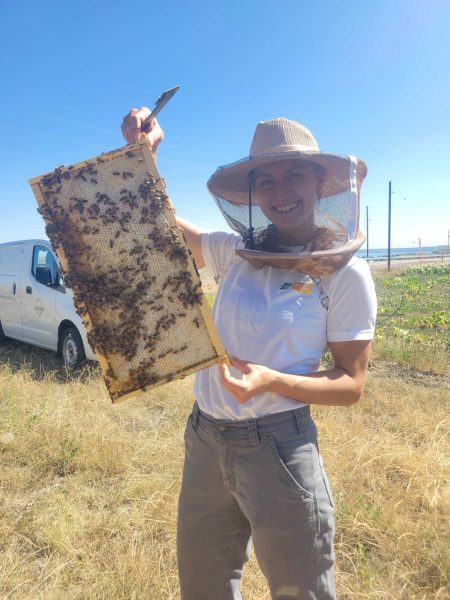
Q: How long have you been beekeeping? How/why did you start?
A:
-
- I started beekeeping in September of 2022, so I have been beekeeping for just over a year now and just finished my first full season. Before beekeeping, I have a long history of volunteering, apprenticing, and working on urban farms. While I did not beekeep on these farms, many of them had hives and it sparked an interest. Due to the nature of the working environment of these farms, I was also interacting with and seeing more bees – native and nonnative (honey bees). I started beekeeping when I was hired by Alveole as a Denver Urban Beekeeper. Throughout my studies in college, and my professional work thus far, I have worked in the intersections of sustainable food systems and urban greening, and the job opportunity to become a beekeeper seemed like a great fit for myself to grow professionally and learn a new skill within this realm. Plus, I knew if not for this job, I would want to become a beekeeper eventually.
- The job is partial to beekeeping as well as environmental education. Since I also really love engagement and communications work, it was an ideal fit for me. Prior to the job, I never had any beekeeping experience nor much knowledge of beekeeping. Since I joined in the height of the season (honey harvest), I adapted a “learn as you go” model. I was brought out into the field and to hives and observed another beekeeper at first, before slowly starting to take over the hive inspections myself with supervision.
Q: What does the average day in your life as a beekeeper look like?
A:
-
- The Denver Alveole team currently has 69 hives, and I take care of 32. We are an urban beekeeping company, and so some of our hives are on the rooftops of commercial buildings and multi-residential apartment buildings, while others are ground installs in community gardens, at nonprofits, and schools.
- My company inspects hives on a “cycle” basis, or every three weeks, and has different goals and tasks for each inspection. So, my team and I connect once a month to receive training at the beginning of every “cycle” for what needs to be done during the upcoming inspection. The training includes a “classroom” component of learning, or reviewing a variety of resources as a team to learn what we plan to do and why, and then we visit an apiary to practice and complete the tasks on hives with supervision.
- Daily, I spend about half a day traveling to different hive sites to take care of 3-4 hives. Most of my inspections are scheduled for an hour. If the hive is in a safe accessible location, anyone is welcome to observe and ask questions. We try to have a lot of visibility with our work and hives, so that there is greater opportunity for engagement. The other half of my day may be spent doing warehouse tasks such as gear cleaning and organizing, working on pollinator education through social media and in-person events, or general administrative work that comes with my client-base.
- In Denver, we beekeep from mid-April to early November and have about 9 inspections per hive for the season in total. During the winter, or off season, we tend to take about a month off to rest. Winter tasks, prior to the start of the season can include educational planning, inventory, cleaning, and additional training, such as Conferences and Summits, as well as beekeeping courses and certifications offered online.
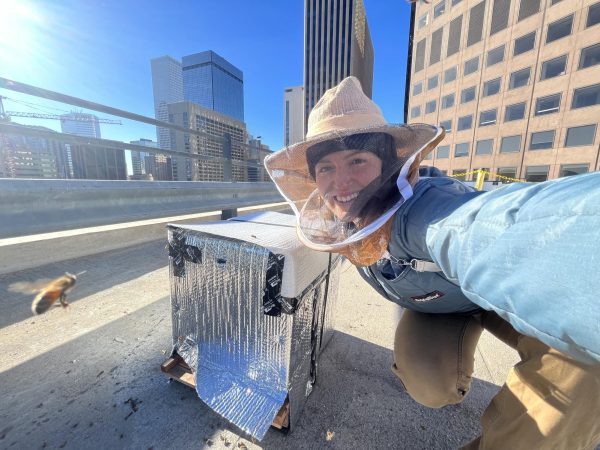 Q: What is your favorite part of your job? What interests you the most? What are the biggest things you’ve learned?
Q: What is your favorite part of your job? What interests you the most? What are the biggest things you’ve learned?
A:
-
- My favorite part of my job is connecting with the community and having conversations around pollinators. I am an urban beekeeper, and many of my hives are in urban places with a lot of foot traffic. So, people stop and observe my beekeeping, and ask questions. Likewise, I have hives on top of business buildings and offer educational workshops to the tenants inside. I have a unique opportunity to talk to vast audiences who may otherwise not have such opportunities and conversations, nor be interested in environmental movements independently. I work both with kids and adults to increase knowledge of and comfort around pollinators, and I love the amazing questions and engagement I receive, as well as the laughter and wonderfulness from kids and adults alike.
Q: What are a few facts about bees that you think most people should know about?
A:
-
- Honey Bees, while being an incredibly amazing creature and pollinator, are not native to the U.S. There are about 4,000 native bees in the U.S. alone, each species is incredible in their own way and plays a vital role in their native ecosystem. I am happy to have so many conversations around bees, and value the movement that honeybees have created in bee conservation over the years, but think we should also share some of the spotlight on native pollinators, as well. Oftentimes, these native pollinators have a more beneficial relationship to the surrounding environment than honey bees. And while backyard (honey) beekeeping may not be ideal nor feasible to some, it is very easy and accessible to build a pollinator habitat or host a wild bee home for better interaction with these pollinators.
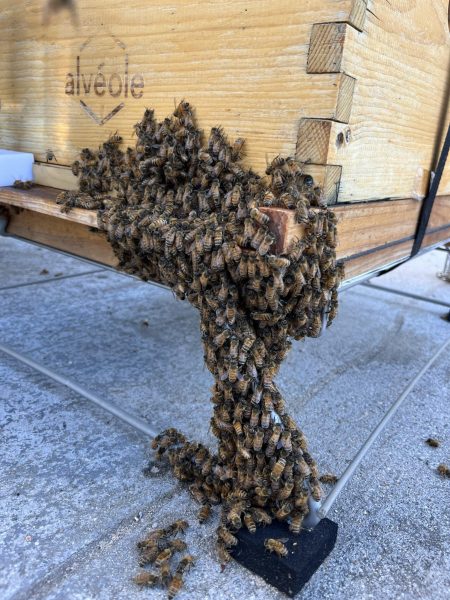 Q: What are some environmental benefits associated with beekeeping? AND How do pollinators help increase biodiversity? Why are they so critical in the agriculture industry/ food security? AND Why are pollinators so important for the well-being of the planet? What would happen if they all disappeared?
Q: What are some environmental benefits associated with beekeeping? AND How do pollinators help increase biodiversity? Why are they so critical in the agriculture industry/ food security? AND Why are pollinators so important for the well-being of the planet? What would happen if they all disappeared?
A:
-
- While not every plant needs to be pollinated, most do, and some plants can only be pollinated by a specific pollinator. Some crops solely rely on pollinators, and there have been limited technological advantages to artificially replicate pollinators from my understanding. The more pollinators the better, in order to support plants to bear fruit, and therefore food. Pollinators are responsible for about a third of all the food humans consume. Therefore, the decline of pollinator populations is extremely worrisome when our food systems, and therefore our livelihood, could face considerable threats.
- Many people only think pollinators to be bees, and specifically honey bees. Wasps, beetles, bats, birds and hummingbirds, moths, and butterflies are all pollinators, as well as various kinds of bees, from honey bees to leafcutter bees, mason bees, bumblebees, and hundreds more. There’s vast diversity within the category of pollinators as is.
- Honeybees can be classified as “livestock.” In large agricultural communities, beekeepers will ship hundreds of hives for temporary pollination services to the nearby crops. Honeybees can travel, on average, 3 miles to collect and forage resources. Therefore, if there is a honeybee hive, either wild or managed somewhere, you can expect most of the flora and fauna in that 3 mile radius to be pollinated and taken care of by the bees. Thus, the impact of a pollinator population has a scope of impact of beneficial relationships on both a localized and ecosystem scale.
Q: What are some major threats to pollinators? How can people work to mitigate these threats? How are some people or organizations already working to mitigate these threats?
A:
-
- A big threat to pollinators is a threat to, and a loss of, habitat. Pollinators are losing their homes due to urban spread and the lack of biodiversity and pollinator friendly habits in urban green spaces. Many invasive, non-native plant species exist comfortably in our green spaces, oftentimes the “aesthetic” landscaping preference, and overrun native flora that pollinators rely on for food and nesting.
- The industrialization and mono-influencing of agriculture results in the decimation and poisoning, via pesticides and herbicides, of potential habitat and food in rural spaces. And, if there are resources available in these spaces for pollinators, the lack of hospitable nesting options results in large foraging ranges that can result in exhaustion.
- Climate changes also result in unpredictable weather and temperatures that bring challenges to beekeepers who may maintain hives, and may result in a variety of diseases and pests that can lead to hive loss.
- The many problems of our planet’s food systems and natural ecosystems are becoming increasingly intertwined. In order to work and mitigate these threats to pollinators, we need a more robust approach to agriculture, moving away from monocultures and moving toward more intentional planting practices to support diverse, rotated crops. Additionally, we need more advocacy and agricultural regulation surrounding pesticide use, which may decrease in need as biodiversity and integrated pest control is implemented through more sustainable practices. Likewise, urban sprawl may be unavoidable, but we need to reconsider and re-landscape our urban green spaces to reflect the habitat needs of native pollinators.
- Some organizations working to support pollinators are:
- Pollinator Partnership
- Earth Watch
- The Xerces Society for Invertebrate Conservation
- 1% for the Planet
- The Bee Conservancy
- The WIlderness Society
- Community Gardens and urban farms
- Community organized beekeeping clubs and societies, apiaries, and universities bringing attention to pollinator research
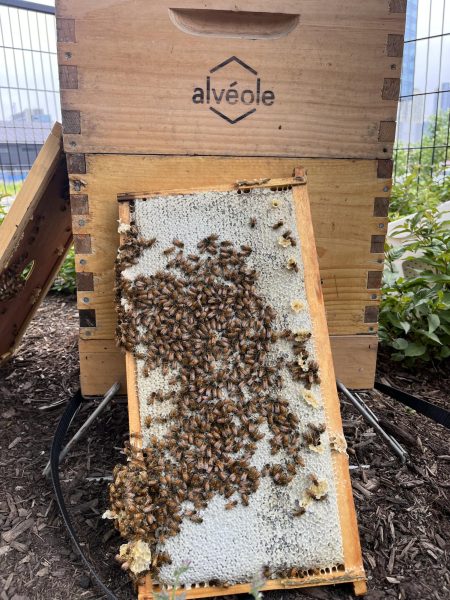 Q: Anything else you would like to add?
Q: Anything else you would like to add?
A:
- If you are interested in bee-coming a beekeeper, note that there can be a lot of nuances with beekeeping. I think it would be incredibly valuable to a new beekeeper and the hives long-term to really educate oneself about a variety of ways to beekeep prior to purchasing a hive, rather than just figuring it out as you go. We have a saying at work: “If you ask ten beekeepers how to do something, you’ll get 11 answers back.” There’s a variety of ways to do just one thing for a hive–such as feeding, mite treatment, splits and swarm prevention–with different applications, gear, and seasonality/temperatures all to consider. Fortunately, there’s tons of resources where I live to support beekeepers, and I am confident that similar resources exist elsewhere. We have beekeeping societies, Facebook groups, local conferences, and a butterfly pavilion (aka “The Bug Zoo”) that all offer courses and resources on honey bee keeping. Colleges and universities also can have Beekeeping clubs, apiaries, and agriculture/horticulture programs that do a lot of research that one can use to help educate themselves, as well.







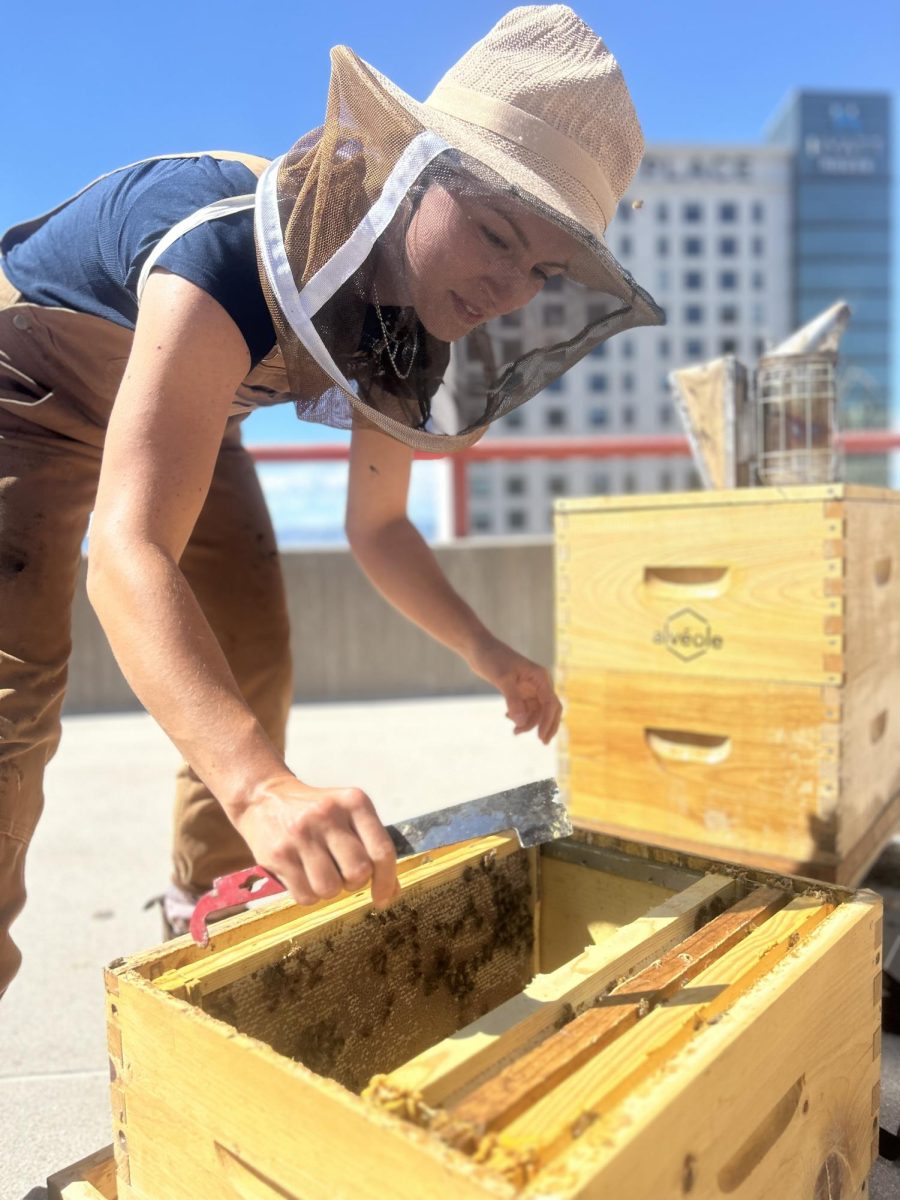

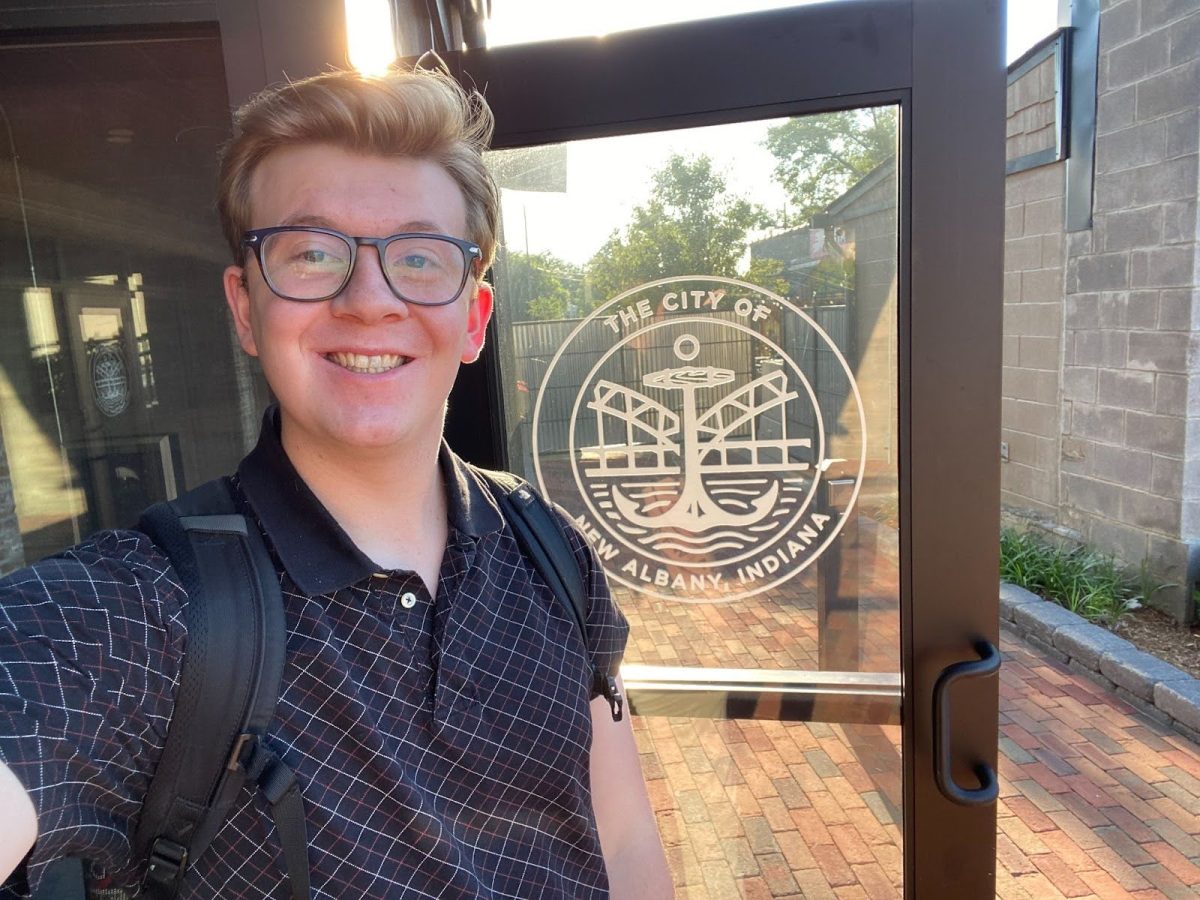
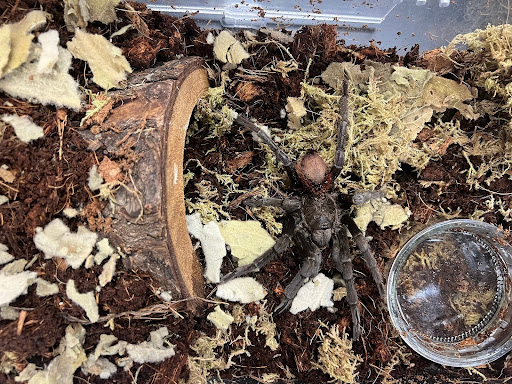
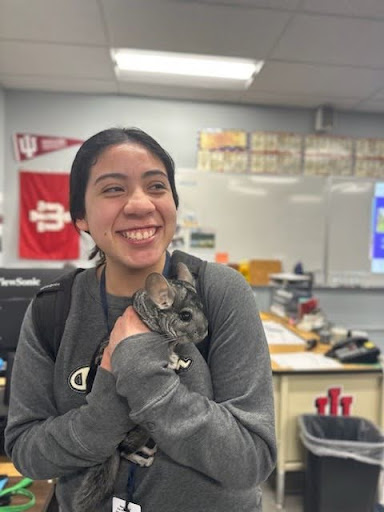



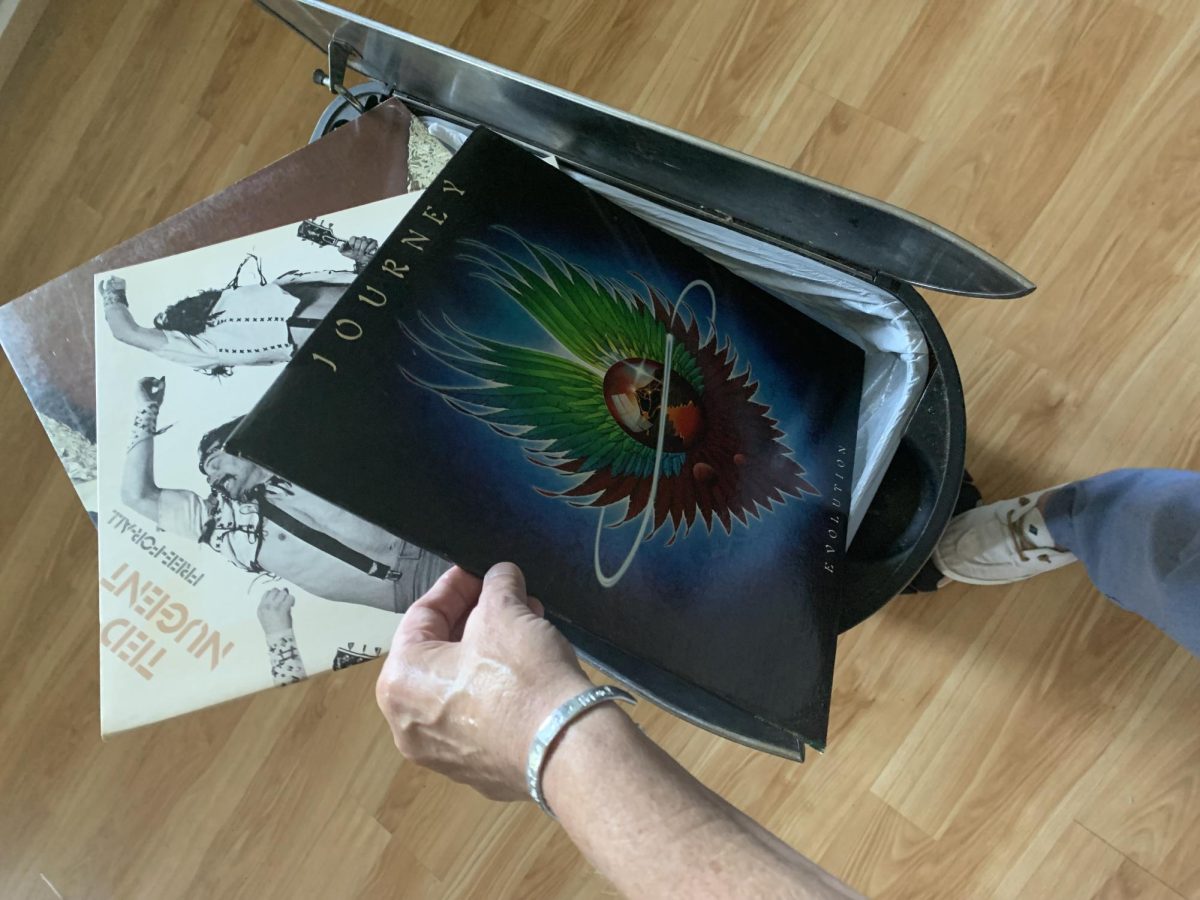

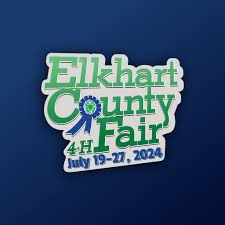
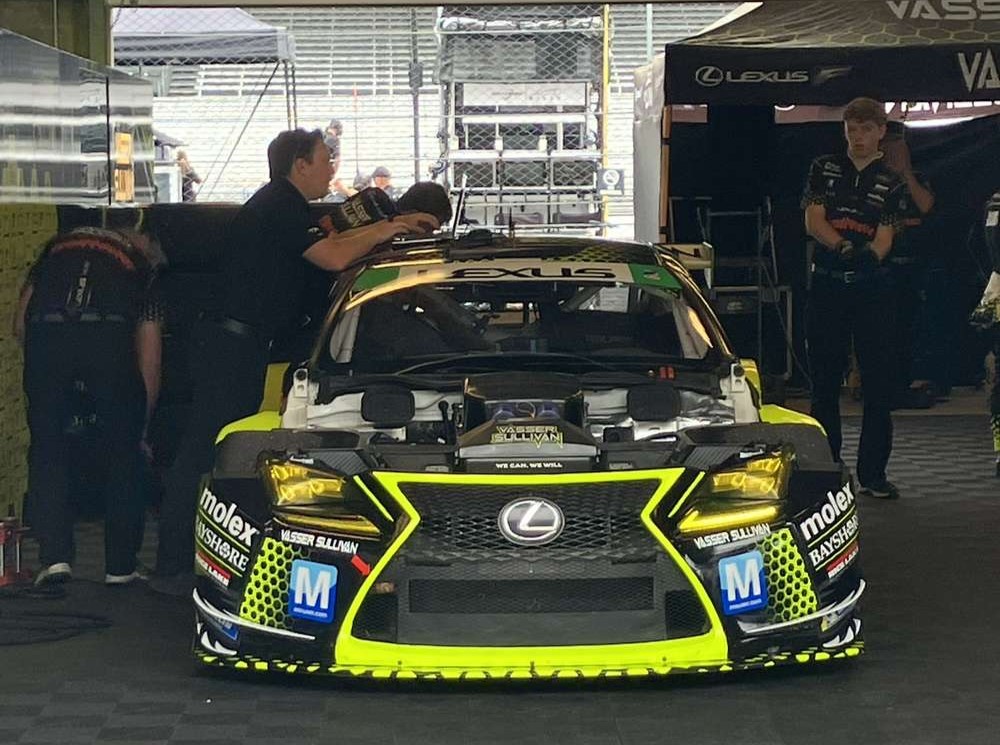



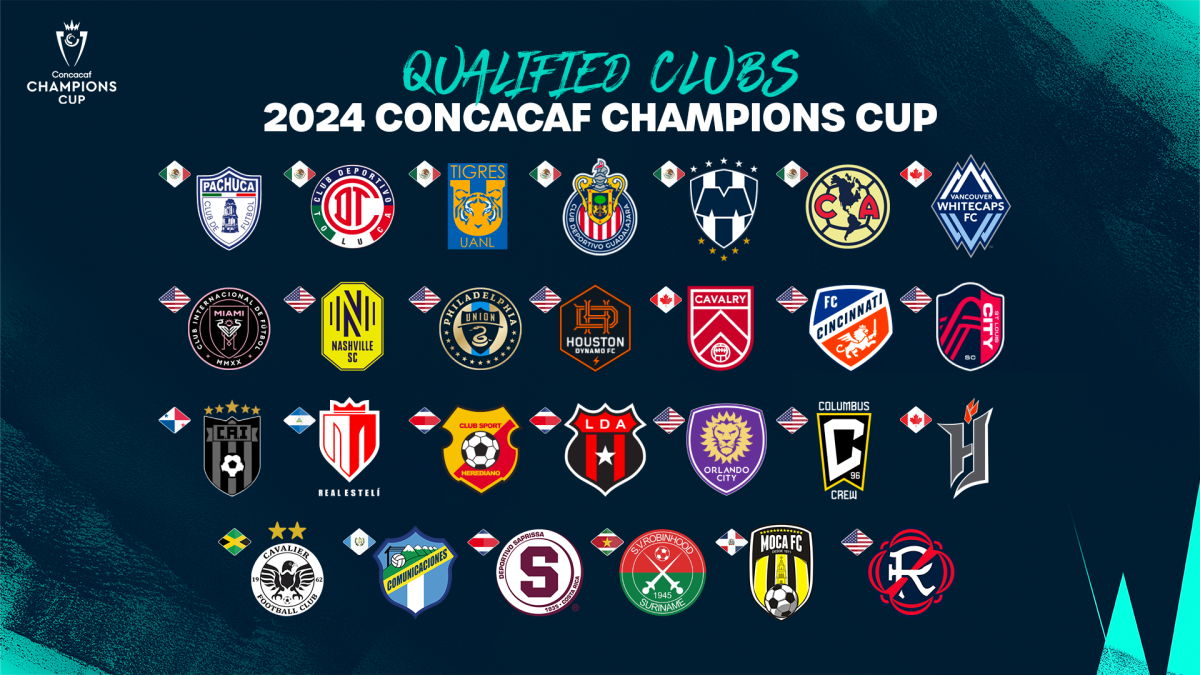

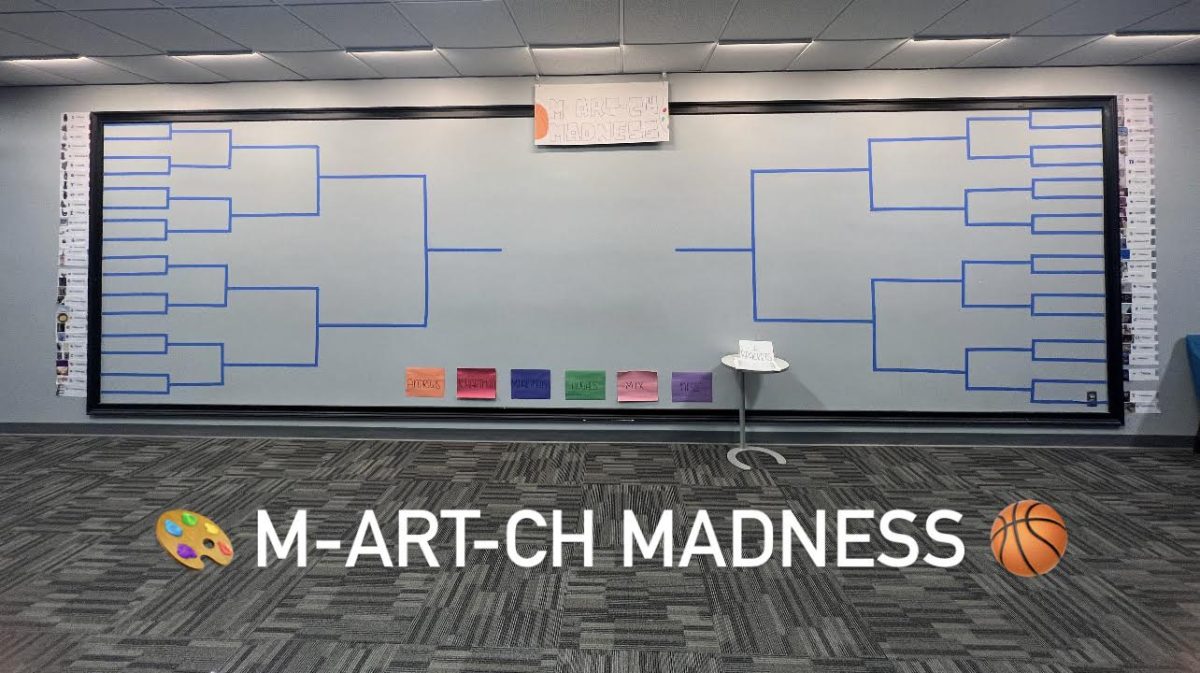



Duane Mitchell • May 25, 2024 at 9:26 am
I have a bees nest that has started in a tree. In my backyart, I have grand kids to play in my backyard and I don’t want them to aggravate them and attack them. I understand the importance of the bees to the world and our agriculture. And I do not want to call a company that will come. And eradicate them. What is the best source for me to have? Someone come out and remove them so they can be used for the purpose. That God intended them for ??